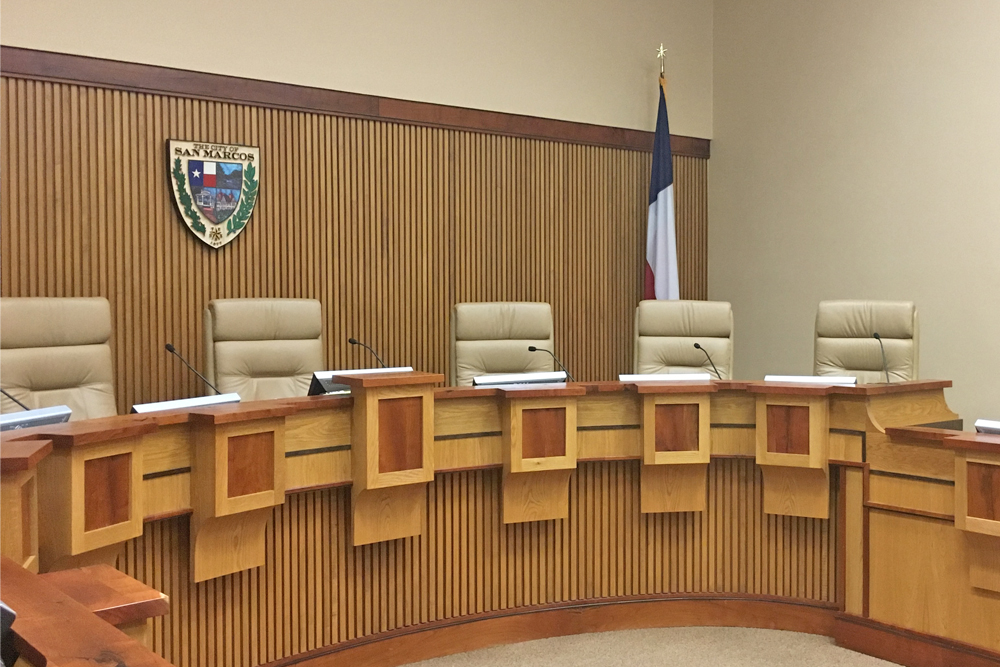
San Marcos Council Member Offers $20k For Local #2020Census Count
Staff Reports
On Tuesday, the San Marcos City Council received a presentation on the Complete Count Census Committee’s plan for community outreach.
Dr. Gloria Martinez, community member representative and chair of the CCC, provided the council with an enthusiastic review of the committee’s work so far and the importance of the count.
Martinez said the committee has taken a three-pronged strategic approach, which incorporates a community based and grassroots strategy, an institutional strategy and a media and communications strategy.
During her presentation, Martinez noted the committee currently did not have funding allocated to them for outreach efforts.
Bert Lumbreras, City Manager, said the city had put in a request late last year to the county for assistance with the funding of $10,000 to be used for census purposes, and he has advised all departments that the census is an “all hands on deck” effort.
“We are going to identify funding sources to contribute more,” Lumbreras said. “I want to be able to find out from the complete count committee what their specific needs are, and how we can, as a city, help to further that.”
Councilmember Ed Mihalkanin said he would be willing to contribute his councilmember travel budget and his city stipend to the committee to help with outreach expenses, a contribution which will total over $20,000 alone.
As a professor at a public institution, Milkalkanin is considered a government employee and cannot receive a paycheck from two government entities by law. However, he does receive a stipend and travel funds.
Several other councilmembers offered to contribute portions of the travel budget to the effort as well.
The United States government distributes more than $675 billion in federal funding per year to communities; the amount received is determined by the city’s population data maintained by the U.S. Census Bureau.
Dr. Martinez said, on average, approximately $1,600 is allocated annually for every Texan counted in 2020; the state receives more than $43 billion per year.
“There is variability with that number,” Martinez said. “And that variability depends on the needs of the community. So, if a community has higher needs for funds, that dollar amount could be even higher.”
According to Martinez, the city could lose $16 million in funding for missing 10,000 people in the census count.
In 2010, some census tracts in San Marcos had a response rate as low as 61.4 percent, and the bureau is predicted a response rate as low as 63.9 percent for certain areas of the city in 2020.
According to the committee’s data, an estimated 67 percent of San Marcos households self-responded to the 2010 census; the census bureau’s idea of a good goal regarding self-response is 80 percent.
To help ensure everyone is counted, the committee developed a public outreach plan to inform residents and encourage them to participate in the count.
The Complete Count Committee has identified the target populations are:
- Renters
- Hispanic/Latino
- Young and Mobile Households
- The most vulnerable and traditional hard-to-count
- Children under 5
- Immigrants
- Elderly
- Those of disability
- Those experiencing homelessness or housing instability
Three separate mailings with invitations to respond, followed by a paper questionnaire, will begin hitting mailboxes in March. Infield enumerator operations will start in May.
Over the next three months, the complete count committee will be working on outreach efforts to educate and motivate residents to participate in the census.






